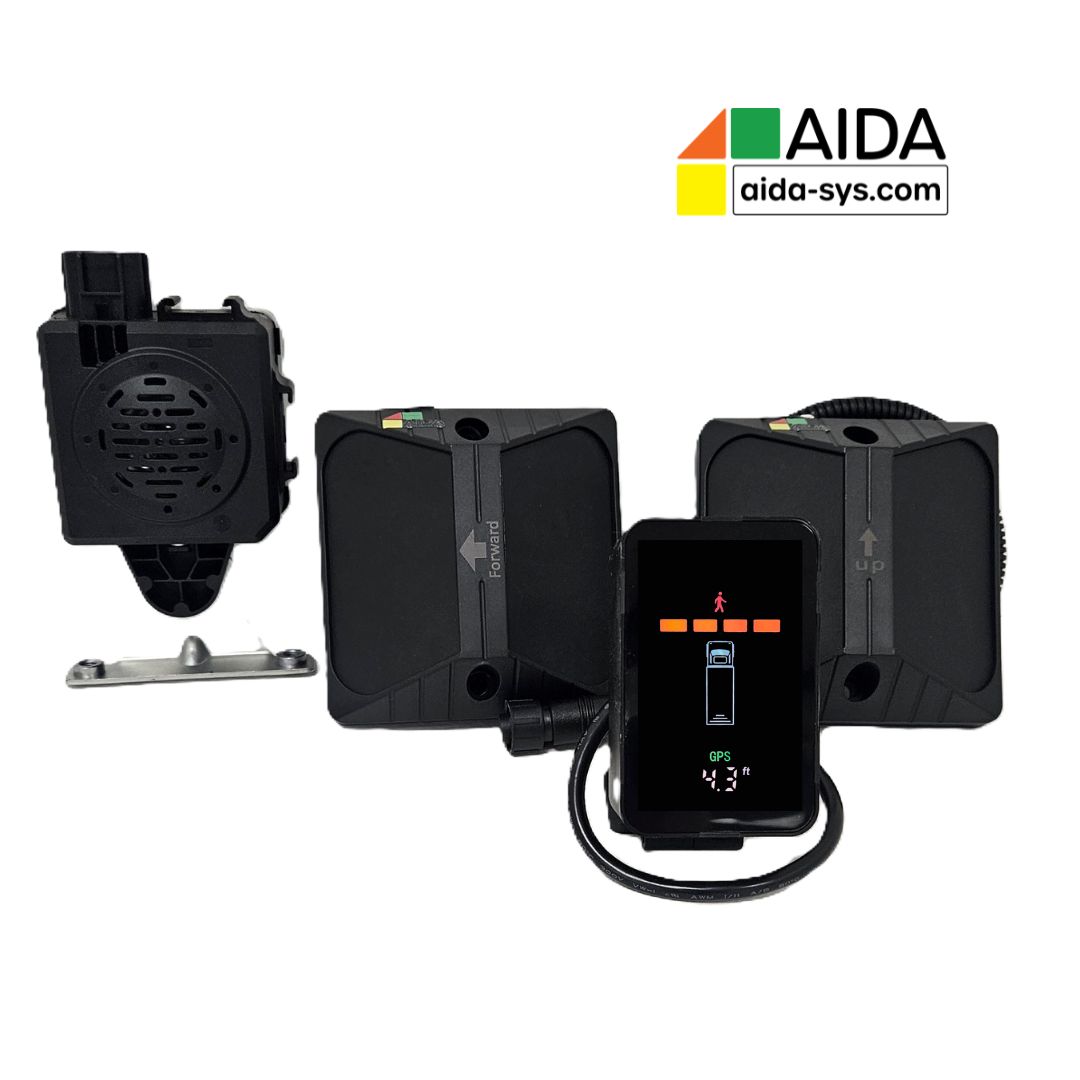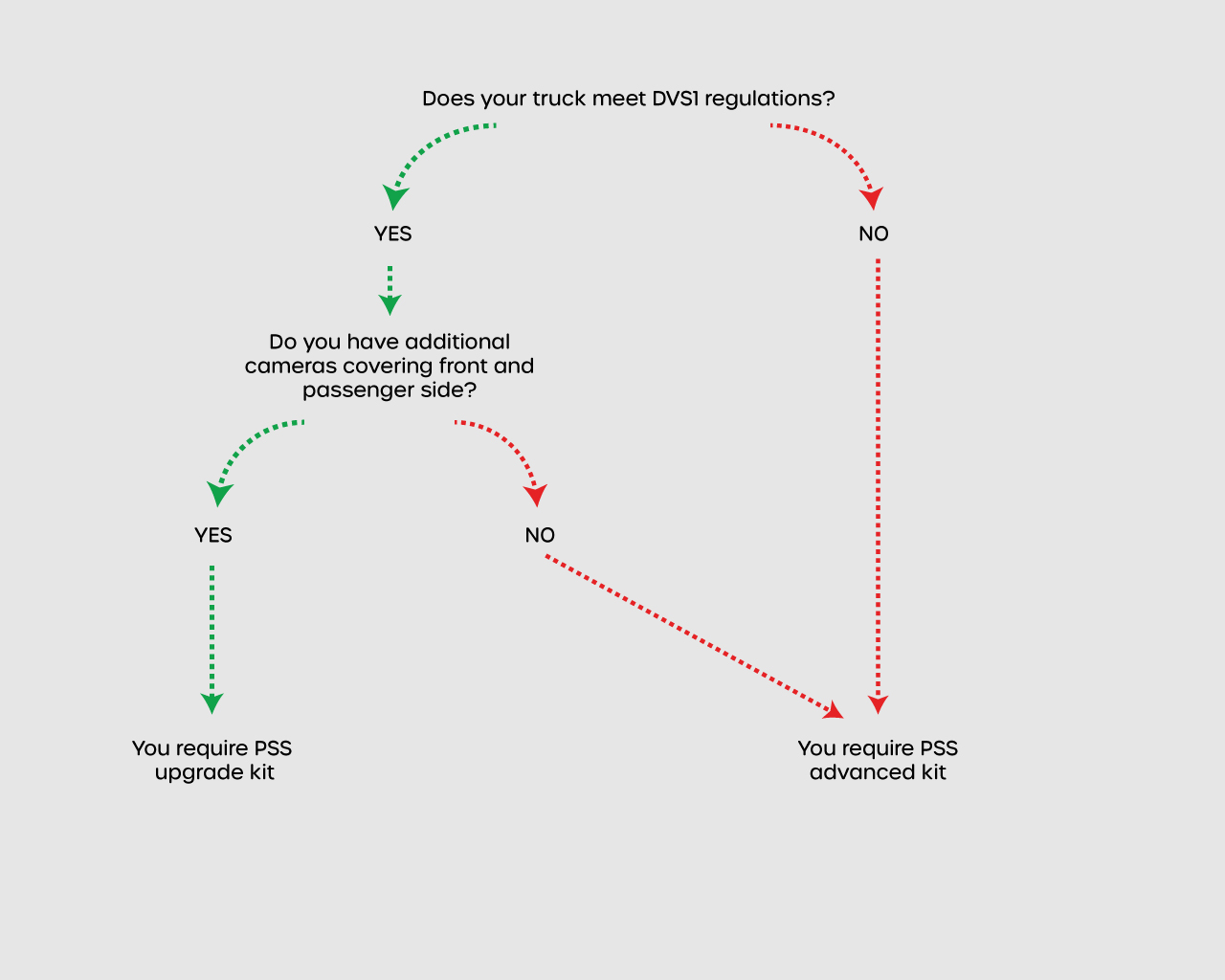Progressive Safe System
Requirement 1: Starting on October 28, 2024, HGVs with ratings lower than three stars will have to install the Progressive Safe System. Below is a summary of the seven requirements that comprise the Progressive Safe System. Retrofitted Blind Spot and Moving Off Information Systems for the vehicle must fulfil the performance standards outlined in the PSS technical specifications rather than the UN guidelines directly.
Requirement 2: The front and nearside of the vehicle must be equipped with Class V and VI mirrors, a CMS that replaces the mirrors, or a combination of both.
Requirement 3: In order to identify vulnerable road users, a blind spot information system needs to guarantee complete coverage down the nearside of rigid vehicles. They cannot become active in connection with stationary cars or roadside furniture. This is to avoid collisions when making a left turn.
Requirement 4: When a vehicle takes off from stillness, it must have a Moving Off Information System (MOIS) installed in front to alert the driver to the presence of a vulnerable road user and avoid collisions in the front blind spot area.
Requirement 5: Unless it is impractical, both sides of the vehicle must have side under-run protection installed.
Requirement 6: When a vehicle is turning left, or right for cars with left-hand drive, audible warnings must be installed to provide vulnerable users of the road enough notice. This ensures that every car is able to alert other cars to an impending move.
Requirement 7: To give a clear visual notice of the hazards surrounding the vehicle, external warning signage must be mounted on vehicles. According to our operator's instructions, this ought to be very readable.



